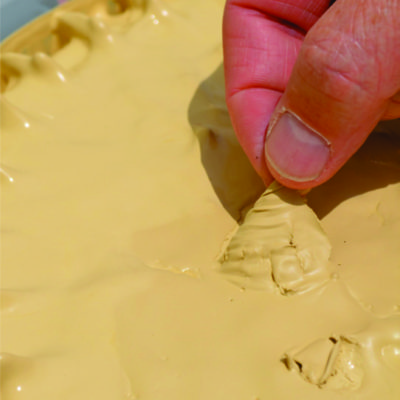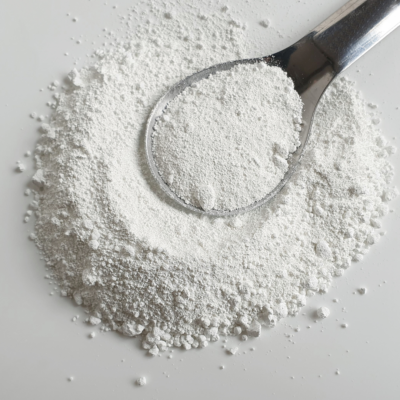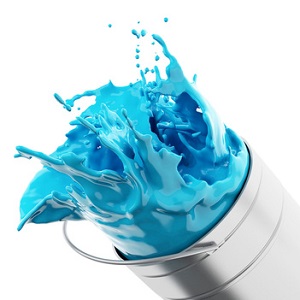In the paint industry, one common issue manufacturers face is the skinning of paints, especially during storage. Skinning happens when the top layer of the paint dries out and forms a hard film or “skin” on the surface while still in the can. This not only wastes the product but can also make the paint harder to mix and apply. To solve this problem, anti-skinning agents are added to paint formulations. One of the most effective anti-skinning agents is Methyl Ethyl Ketoxime (MEKO), which is widely used in both oil-based and alkyd paints. By adding MEKO, the overall quality and usability of the paint are improved significantly.
What is Skinning in Paints?
When paints are exposed to air, the oxidation process begins. This causes the top layer of the paint to react with oxygen, leading to the formation of a dry skin or film. This happens even when the paint is stored in a sealed container. As a result, when users open the paint can, they often find a hard layer of paint on top that needs to be removed, which can be a hassle and leads to waste.
How MEKO Prevents Skinning
Methyl Ethyl Ketoxime (MEKO) is a chemical compound that works as an effective anti-skinning agent by preventing the oxidation of the paint’s surface. It acts as an oxygen scavenger, meaning it captures the oxygen that enters the container, stopping it from reacting with the paint and forming a skin. By adding MEKO to the paint, manufacturers can extend the shelf life of the product and ensure that it stays fresh and ready to use, even after long periods of storage.
Benefits of Adding MEKO to Paints
- Prevents Skin Formation:
The primary benefit of adding MEKO is that it prevents the formation of a skin on the surface of the paint. This keeps the paint smooth and easy to use, ensuring that the product is consistent throughout its shelf life. Without an anti-skinning agent, the top layer of the paint would dry out, leading to wasted product and uneven application.
- Improves Paint Shelf Life:
MEKO significantly extends the shelf life of paints. Paints that contain MEKO can be stored for longer periods without forming a skin or losing their quality. This is especially important for both manufacturers and consumers, as it reduces waste and ensures that the paint remains usable for a long time after purchase.
- Enhances Paint Flow and Application:
By preventing skinning, MEKO helps maintain the smooth flow of the paint. When skin forms on the paint, it can affect the viscosity and consistency, making it harder to stir and apply evenly. MEKO keeps the paint’s texture uniform, which makes it easier to apply, leading to a better finish on walls, furniture, or any surface where the paint is used.
- Cost Savings:
Adding MEKO to paint formulations can result in cost savings. Without the need to discard dried or skinned paint, consumers can use the full amount of paint they’ve purchased, and manufacturers can reduce the risk of product returns or complaints related to skinning. This makes MEKO a cost-effective solution for ensuring high paint quality.
- Improves Paint Durability:
When the paint stays fresh and applies smoothly, the final durability of the coating is also improved. Paints with anti-skinning agents like MEKO tend to dry evenly and form a more protective layer, which is essential for both decorative and protective coatings. This even drying process helps create a longer-lasting finish that is less prone to cracking or peeling.
Versatility in Paint Formulations
MEKO is highly versatile and can be used in a variety of paint formulations, including alkyd-based paints and oil-based coatings. This versatility allows it to be a preferred anti-skinning agent in many types of paints, including those used for indoor and outdoor applications. It is effective in both glossy and matte paints, ensuring that the desired finish is achieved without the worry of skinning.
Environmental and Safety Considerations
While MEKO is an effective anti-skinning agent, it is important to use it in the right concentration to ensure safe handling. The paint industry is increasingly looking for alternatives that offer the same benefits but with reduced environmental impact. However, MEKO remains a popular choice due to its effectiveness in preventing skin formation and maintaining paint quality.
Conclusion
In summary, the addition of MEKO (Methyl Ethyl Ketoxime) as an anti-skinning agent in paint formulations brings several key benefits. It prevents the formation of a skin layer on the paint’s surface, extends the shelf life, improves the smoothness and application of the paint, and ultimately enhances the durability of the final coating. For both manufacturers and consumers, the use of MEKO ensures that the paint remains in good condition, easy to apply, and delivers a high-quality finish, making it a valuable component in the paint industry.










Leave a Reply